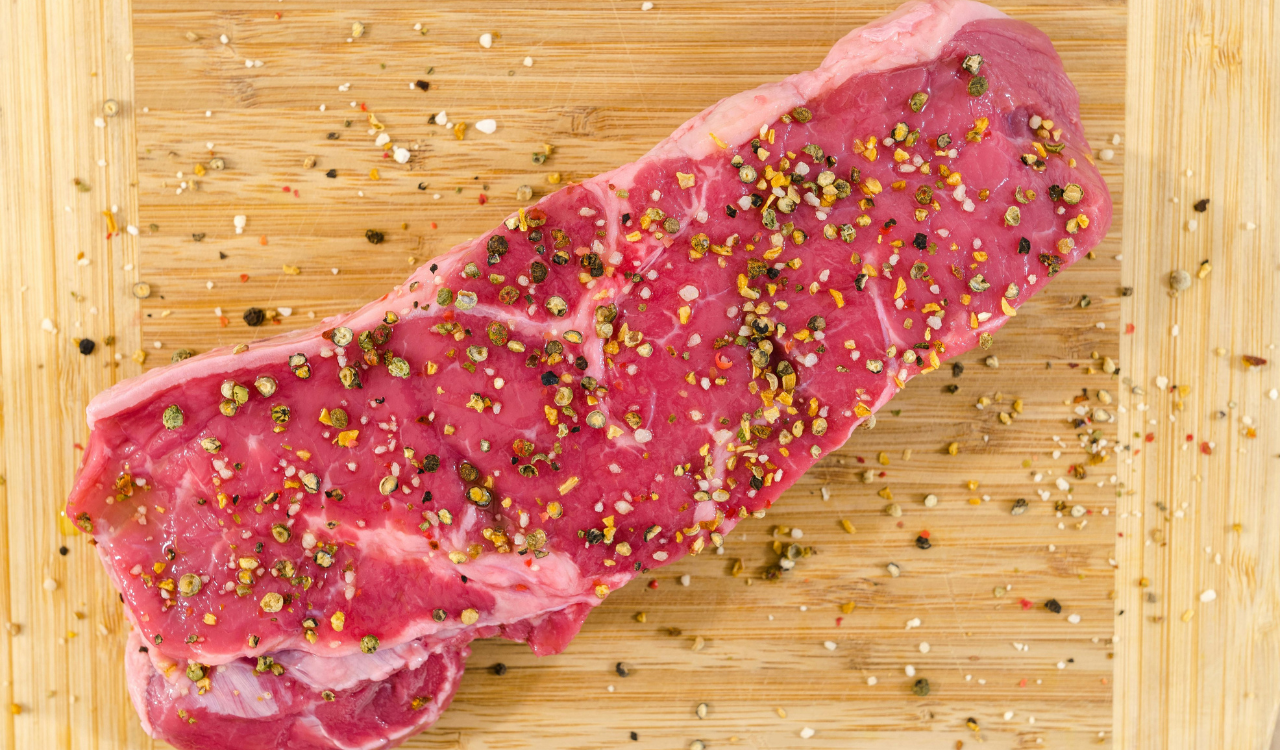8 Pantry Mix-Ins That Wake Up Weeknight Meals

Making dinner on autopilot doesn’t mean it has to taste that way. A few smart pantry mix-ins can turn even the most ordinary meal into something that feels planned, balanced, and satisfying. The secret lies in having the right flavor boosters ready, ingredients that add depth, texture, or freshness with almost no extra work. From umami-packed sauces to color-bright veggies, these simple staples make your weeknight cooking feel more intentional and a lot more rewarding.
1. Jarred pesto
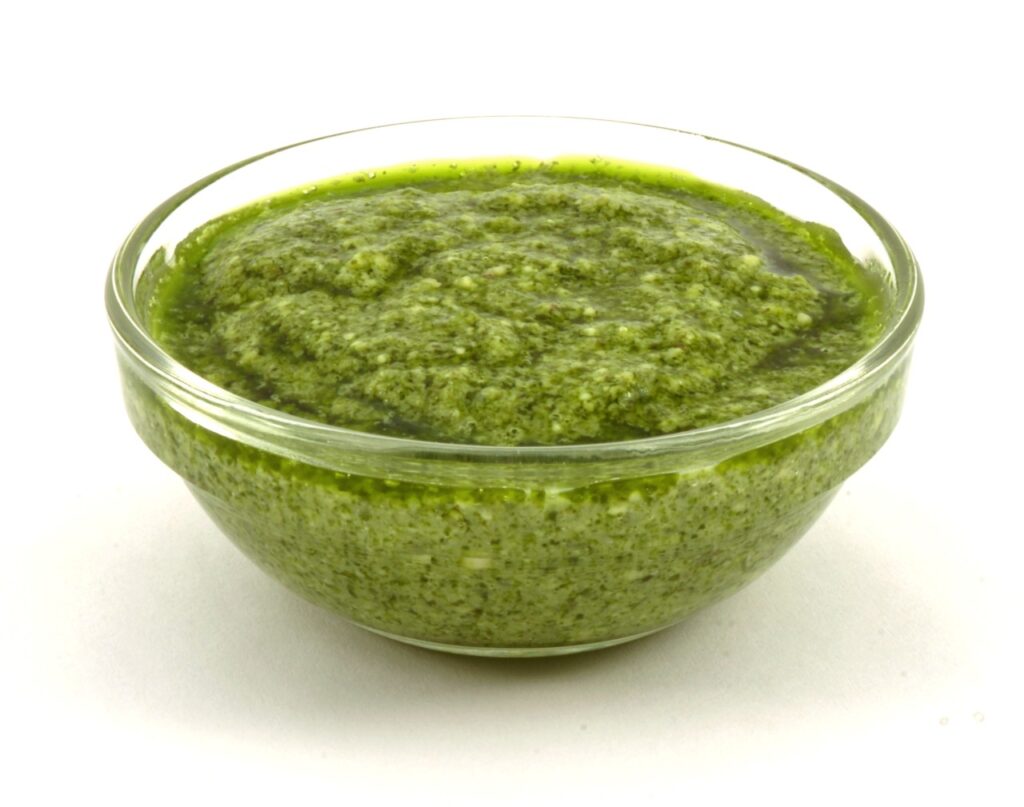
Here’s the thing about pesto: it concentrates fresh herbs, nuts, and cheese into a stable, shelf stable punch. A spoonful tossed with hot pasta or stirred into warm grains transforms a boring base into something aromatic and balanced. Pesto works cold too; fold into potato salad, mix with yogurt for a quick dip, or use as a finishing smear under roasted fish or chicken. Because jarred pesto is already emulsified, it clings to noodles and vegetables and carries fat and flavor with economy. Look for versions with olive oil near the top of the ingredient list; they marry with heat better, and keep a small jar in the fridge. A little goes a long way, and the herb lift reads like an intentional, not last-minute, move.
2. Canned beans
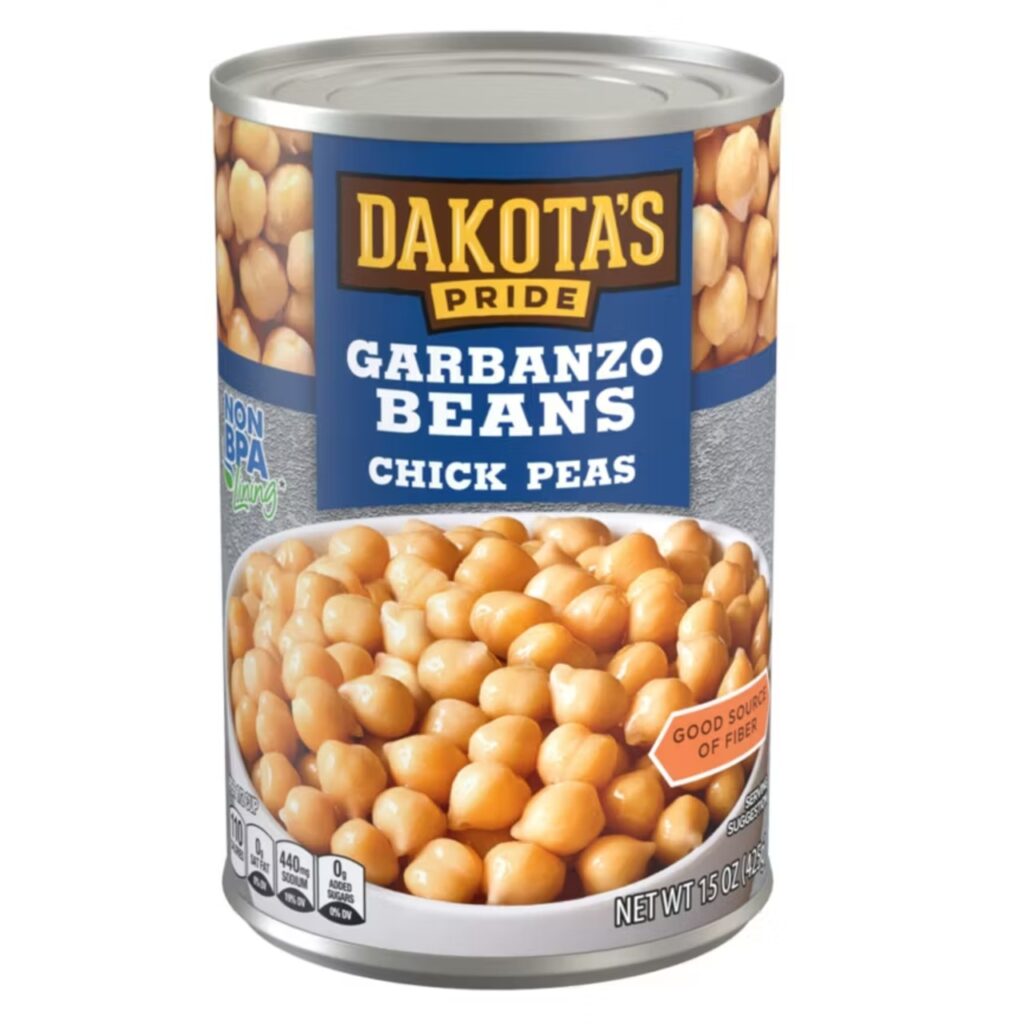
Canned beans are the pantry workhorse chefs reach for when they want satiety and convenience. Rinse them to remove canned salt, then warm them with garlic, a splash of stock, or a spoonful of tomato sauce to let them absorb flavor. Beans bulk up salads, thicken chilis, and serve as a base for quick purees or spreads that taste like you spent more time than you did. Mix them into pasta, fold into scrambled eggs, or mash with lemon and olive oil for a fast, bright hummus alternative. The fiber and protein mean you can stretch small amounts of meat or skip meat entirely, and the mild bean flavor adapts to most cuisines with just a few spices.
3. Canned tomatoes or tomato sauce
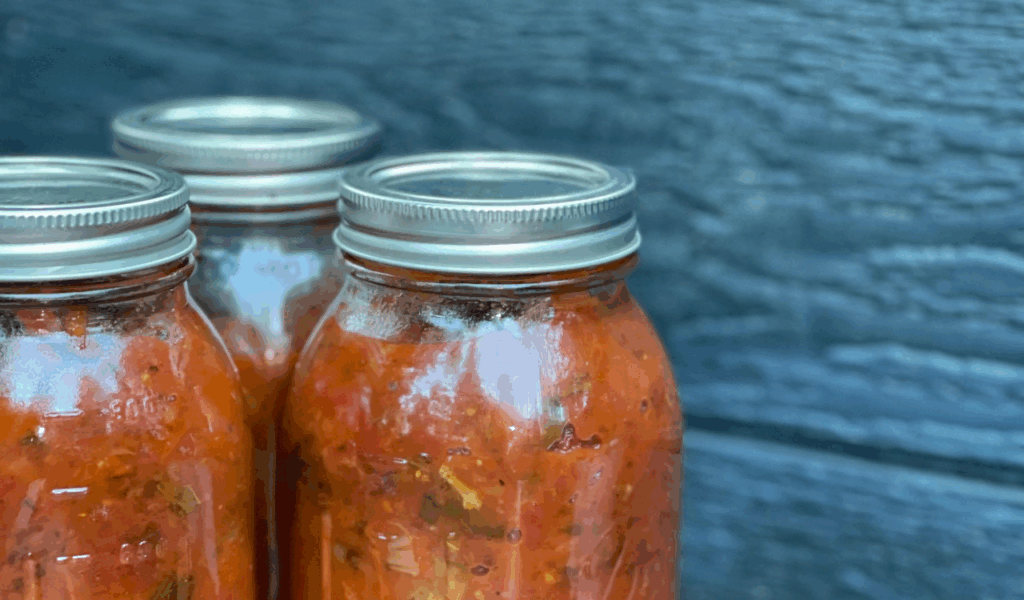
A can of tomatoes is the foundational shortcut that turns stray ingredients into dinner. Crush whole tomatoes by hand into a skillet with sauteed onion and garlic for a quick sauce, or use strained tomato sauce as the base for soups, shakshuka, or braises. Tomatoes supply acidity, body, and umami, so a modest amount reduces the need for added salt or heavy seasoning. Finish with a splash of cream for richness or a pinch of sugar to tame bright acidity, and use reserved pasta water to create a glossy coherence. For speed, add canned tomatoes to sautéed veggies and simmer five to ten minutes so flavors marry; what you get is a multi-purpose sauce that plays nicely with fish, legumes, pasta, and grains.
4. Frozen peas or mixed vegetables
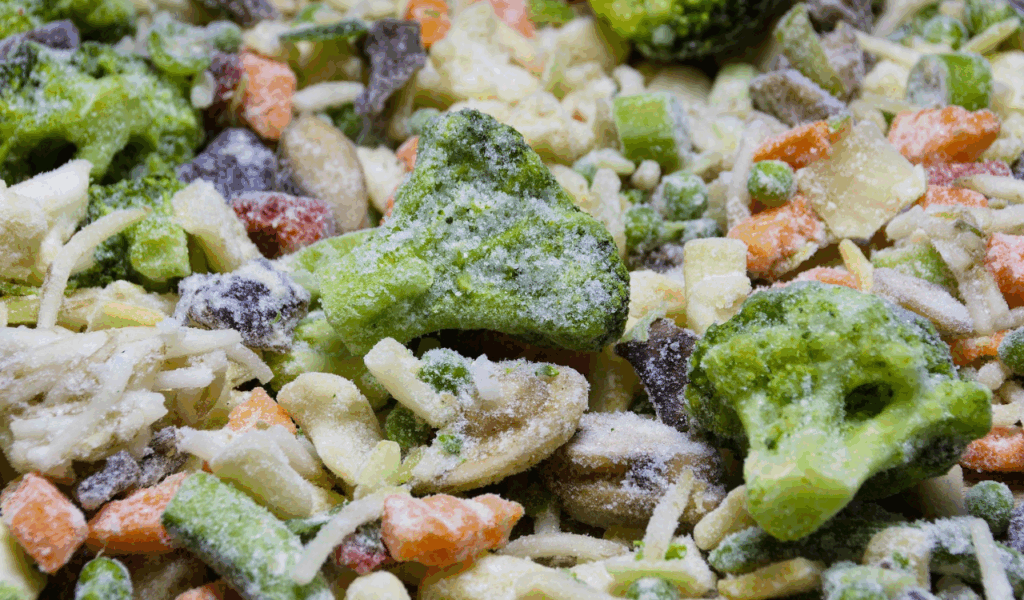
Frozen vegetables are underrated because they were harvested and frozen at peak ripeness, which preserves flavor and nutrients. Toss a handful of peas or mixed veg into a simmering pan in the last minutes of cooking to thicken a sauce and add color and texture. They’re especially useful in risottos, fried rice, pastas, and soups where you want a quick vegetal pop without extra prep. Because they defrost rapidly when heated, they also absorb sauces effectively. Buy larger bags when on sale and portion them into the freezer; having them ready removes a common barrier to adding vegetables on weeknights and raises the nutritional profile of any meal without changing technique.
5. Seasoning blends or spice mixes

A reliable seasoning blend is the fastest way to get balanced, repeatable flavor. Keep a small selection, a smoky BBQ rub, an all-purpose herb and garlic mix, and a curry or za’atar, to change the profile of the same base ingredients. Seasoning blends save time because the ratios of salt, acid, heat, and aromatics are already dialed in. Use them to rub protein, toss with roasted vegetables, or sprinkle into pan sauces midway through cooking. They’re particularly useful when you need a quick pivot: the same chicken can become Mediterranean, South Asian, or Tex-Mex simply by changing the mix. Store in airtight jars away from light to preserve potency.
6. Umami boosters like anchovies, soy sauce, or Parmesan

Umami is the single most efficient flavor lever for making weeknight food feel substantial. A single anchovy melted into a pan with garlic will dissolve into a savory backbone without tasting fishy. Soy sauce adds salty, savory notes to stocks and stir-fries. Finely grated Parmesan or a spoonful of miso stirred into a sauce deepens the profile and gives the impression of slow cooking. These ingredients work in small amounts; they integrate with fats and liquids, enhancing natural flavors and reducing the need for heavy salt. Keep one or two on hand and add sparingly, tasting as you go.
7. Breadcrumbs or crushed cereal toppings

A crunchy topping transforms soft or sauced weeknight dishes into composed plates. Toast breadcrumbs briefly in butter or oil until golden and toss with lemon zest and herbs; sprinkle over roasted vegetables, pasta bakes, or steamed fish for contrast. Crushed cornflakes, crackers, or even crisply fried onions add a similar crunch to casseroles or sheet-pan dinners. Because texture is a major part of perceived quality, this small step makes comfort food feel layered and thoughtful. Keep dry crumbs or crushed cereal in a jar for immediate finishing use, and toast a fresh batch when you want peak aroma.
8. Jarred roasted peppers or sun-dried tomatoes
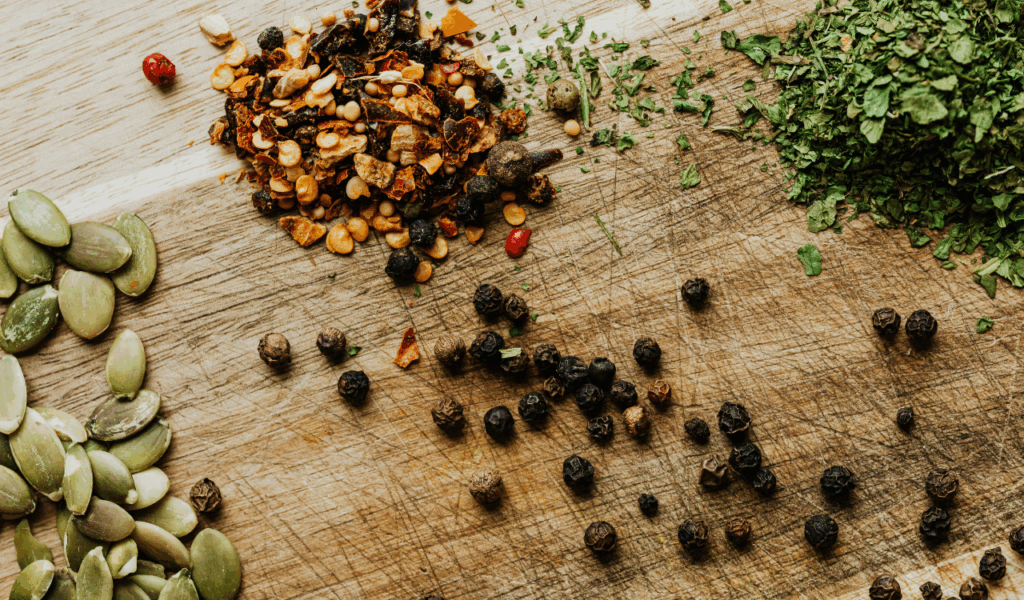
Jarred roasted peppers and sun-dried tomatoes are compressed flavor bombs that elevate mundane bases. Chop roasted peppers into salads, pastas, or grain bowls to add smoky sweetness. Blend sun-dried tomatoes into dressings or purées for instant tang and umami. Because they are preserved in oil, they also carry fat and sheen, which helps dressings and sauces bind without extra butter. Use their packing oil as a flavored finishing oil for sautéing or drizzling. These jarred items pocket intense flavor, so a little brightens a whole dish and shortens cook time dramatically.




